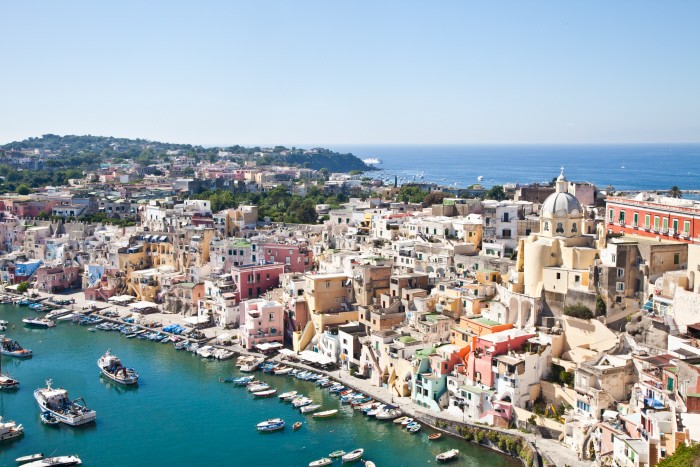
Tourism in Italy continues to grow. Following a positive start to 2024 – with a 3.8% increase in stays at accommodation facilities in the first five months of the year – summer forecasts are also looking promising. Between June and August, 216 million tourist stays are expected at official accommodation facilities, marking a 1.5% increase compared to last summer. This is according to a survey conducted by the Centro Studi Turistici of Florence for Assoturismo Confesercenti, involving 1,512 accommodation entrepreneurs in Italy. Meanwhile, a resolution has been submitted to Parliament promoting tourism aimed at discovering Italian roots.
Foreign tourism in Italy: excellent forecasts for 2024
The summer quarter will once again be driven by foreign tourists, while domestic demand is expected to remain largely stable. Specifically, foreign stays are projected to reach 105 million (a 2.5% increase), while the domestic market will see a 0.5% rise, totalling over 110.9 million estimated stays. The differing dynamics of the two markets are expected to lead to a further reduction in the proportion of Italian tourists, estimated at 51.4%, compared to 48.6% from foreign demand (in 2023, these figures were 51.8% and 48.2%, respectively).
Regarding foreign tourism, booking requests confirm the strength of the main traditional markets, with significant increases in flows from Germany, France, Switzerland, the Netherlands, Poland, Austria, Belgium, the UK, and Brazil. Among non-European markets, an increase has been noted primarily for the US market. Stability has been reported for the Canadian and Scandinavian markets, while slight declines have been observed in requests from China, Japan, India, and Spain.
Destinations seeing the highest growth will be city and art centres (+2%), followed by seaside resorts (+1.4%), lakes and spa towns (both +1.1%), and finally mountain destinations (+0.4%). Some variation is also expected across different macro-regions of the country, with slightly higher estimates for the Northwest and South/Islands regions, at +1.9% and +2% respectively. The estimated variation for the Central regions is +1.3% and +1.1% for the Northeast.
The impact of climate change on Italian tourism
All of this, of course, is subject to possible weather developments, which increasingly affect travellers' choices—climate change being a major factor. With this in mind, 24% of entrepreneurs report a higher demand for air conditioning, an interest in off-peak travel, requests for flexible booking options in case guests need to cancel due to heatwaves, flood risks, extreme weather events, or fires. "Tourism once again confirms itself as one of the most resilient economic sectors in the country," commented Vittorio Messina, president of Assoturismo Confesercenti. "This result is also thanks to the ministry's new approach to international promotion and support policies for the sector. These policies must continue: the priority is to restart investments, as we need to update the offerings to keep pace with the demands and preferences of an increasingly international and sustainability-conscious tourism, which is also increasingly influenced by climate change," he concluded.
Tourism to discover Italian roots
During a recent joint session of the Foreign Affairs and Productive Activities Committees, Fabio Porta, an MP elected abroad for the Democratic Party, outlined the contents of the resolution presented alongside colleagues Di Sanzo, Carè, and Quartapelle.
The resolution originates from the Italea project established by the Ministry of Foreign Affairs (MAECI) to engage the large community of Italians and their descendants around the world. The goal is to promote experiential tourism, focusing primarily on the country's inland areas and small villages, as a countertrend to mass tourism in large cities.
Porta highlighted the significant potential of a project that responds to suggestions and proposals from the system of representation of Italians abroad over recent years. However, he also pointed out major issues within the project under MAECI, particularly:
- The inefficacy and incompetence of regional coordinators, as well as their lack of knowledge about the realities of Italians abroad;
- The absence of an effective connection with the world of associations and the representation of Italians abroad;
- The disconnect between national and regional coordination and the parallel coordination of small town mayors appointed by MAECI;
Additionally:
- The "scattergun" distribution of resources to municipalities, often favouring initiatives with little structural impact on the tourism demand of Italian descendants;
- The unclear structure and division of roles between Italea and MAECI;
- The significant delay in the "roots passport" operation;
- The lack of coordination between projects.